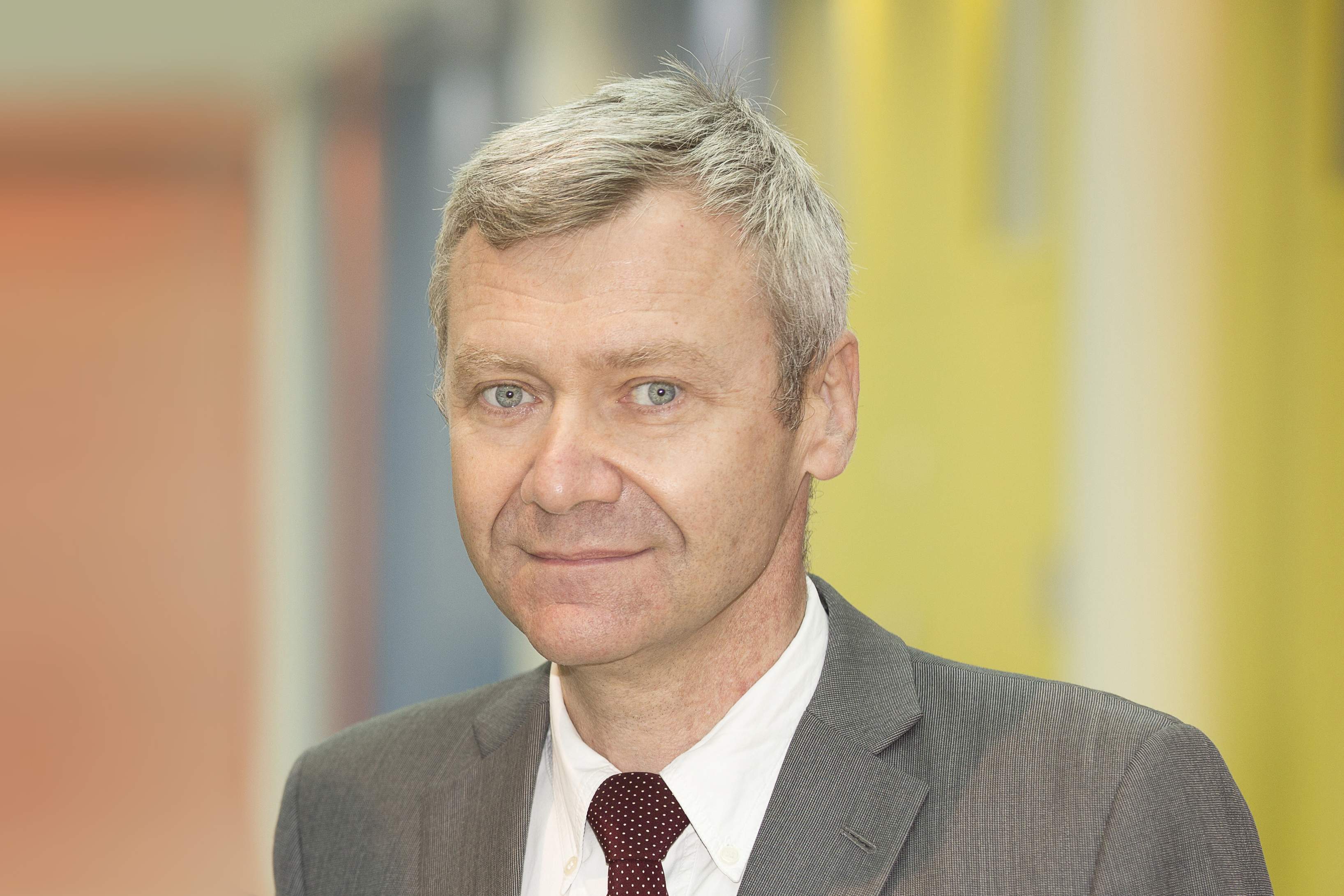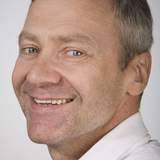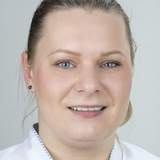When conservative dentistry methods are not sufficient, the highly specialised team of Oral Surgery is available for complex surgical interventions conforming to the highest academic standards.

In the Clinical Division of Oral Surgery, we perform more than 4,000 operations a year in five modern operating rooms and six dentist’s chairs in local or general anaesthesia. At a day clinic, professional aftercare is guaranteed by a specially trained anaesthesia team and the most modern equipment, even after challenging surgeries. In the Clinical Division of Oral Surgery, a competent and well-trained operating staff is taking care of a broad variety of oral surgeries. Even complex dental workflows can be performed and implemented in a time-saving and effective way for patients. The operating room stocks are maintained and checked daily ensuring that even the most unique operating materials are continuously available. In addition, a large number of medical implants of varying designs and sizes for different medical indications are available to enable the best possible restorations.

Ao.Univ. Prof. DDr. Christian Ulm
Head of the Clinical Division of Oral Surgery

Univ. Prof. DDr. Werner Zechner
Deputy Head of the Clinical Division of Oral Surgery
Range of Services
In the Clinical Division of Oral Surgery we cover a broad range of oral surgery treatments. Based on continuous research activities of our dentists, our treatment concepts are up-to-date.
Implant-supported restorations constitute the best replacement for missing teeth. Implants are inserted into the jawbone and enable a fixed anchorage for restorations (such as crowns, bridges or full arch restorations / prosthesis). Therefore, neighboring teeth do not have to be used for implant restorations and their integrity can be saved.
Even in case of extensive bone resorption we can offer an implant-supported restoration in most cases (cue: “short implants", “shorty”). We are able to apply a broad variety of methods for bone augmentation, depending on the initial and individual patient's situation.
In critical, prosthodontically demanding cases, in which the bone supply in the jaw is particularly low, or where anatomical peculiarities need to be considered, we plan the implant positions in a “navigated” way, that is, guided by a 3D-designed positioning device.
To do this, your case is thoroughly planned using digital methods: 3D CT images provide informations where the bone volume is optimal and where anatomically relevant structures such as nerves, blood vessels and paranasal sinuses run. After 3D planning on the computer we are able to transfer the optimized implant positions into your mouth, using a 3D positioning guiding template, and set the implant precisely and in a minimally invasive way.
In order to insert implants, the bone not only needs to adhere to certain “quality criteria”, but there also has to be sufficient amounts of bone. If the initial available bone volume is too low, a variety of options for bone augmentation can be offered according to the individual situation of each patient integrating the results of contemporary scientific results.
If only a small quantity of bone needs to be augmented, we use bone replacement materials (with and without own bone material), inserted at the needed position. These bone replacement materials constitute a frame for the surrounding bone which it can grow into. In this way, small bone defects can be amended. If more bone substance needs to augmented, one can use more own bone removed from various enoral and extroral sites.
After a root canal treatment, a first or renewed inflammation of the root tip ("apex") may occur. Modern endodontics (field of dentistry specializing in root canal treatments) shows a high success rate in case of a renewed root treatment ("endodontic revision"). As an alternative, or in cases in which the tooth has just been provided with a crown/bridge or is connected with a cyst, the root resection provides a way of conserving the tooth.
Even the most modern and innovative dental conservation methods sometimes cannot save a tooth. If the tooth is, for example, affected by deep root caries, periodontally very weak or broken lengthwise, then it must be removed.
In many cases it is also necessary to remove the wisdom tooth, if it does not have the space to erupt, for example, or if it endangers the neighboring tooth or if there is a cyst.
Certain teeth of adolescents, with incomplete root growth, can be gently removed and transplanted to a present tooth gap. The transplanted tooth becomes a fully-fledged tooth in its new position. The benefit is obvious: Not only to close a gap but also taking along the bone in the course of natural growth. Especially suited for this are wisdom teeth and the 2nd premolars in young adults.
With some people, teeth do not erupt at the right age. If teeth remain in the bone this is called impacted teeth and if they do not erupt completely, they are called retained. This often affects canine teeth. In such cases the impacted/retained tooth is surgically exposed and a small chain is glued to it, which is fixed to braces. In this way the tooth can later be orthodontically aligned.
In complex orthodontic cases, where one wants to move one tooth in one direction, but leave another one where it is, anchor plates and screws are inserted. In this way teeth that are in the correct position can remain in their place.
Lumps can form in the oral mucosa. These may be benign, e.g. due to pressure marks from a prosthesis. However, persistent alterations of the oral mucosa can also constitute a malignant disease.
In the salivary glands of the mouth, sialoliths may form, which block the duct of the submandibular gland. This can lead to a disagreeable swelling. Depending on their position, sialoliths can be removed under local anaesthesia, in ambulant treatment.
If bacteria penetrate an implant-supported restoration, then periodontal pockets and inflammations may form. If these gingival inflammations extend to the implant and affect the bone around the implant, this is called peri-implantitis. We offer consultation services for advice in such cases.
A cyst is a cavity in the bone lined by a belly and filled with fluid. Cysts most often arise due to an inflammation or a stimulus.
However, cysts are almost always benign; semi-malignant cysts are very rare.
How to Get Treated by Us
There are two possibilities to become a patient at the Clinical Division of Oral Surgery at the University Clinic of Dentistry, Vienna:
- After an initial assessment at the General Clinic of the University Clinic of Dentistry, Vienna you are referred to the Clinical Division.
- Your dentist fills out a written referral form and you make an appointment with our coordinating office
For Colleagues
If you want to contact us or refer a patient from your practice, we have prepared a form for your convenience. Oral-surgical focus has been made to facilitate the exchange of information relevant to the treatment.
Background Information
The Clinical Division of Oral Surgery pursues several strategies to offer its broad range of services: in addition to cooperation with other dental divisions, the dentists specialize in certain fields.
The focuses of the surgical schedule are implants, dental transplants, bone augmentation and transplants, pre-prosthetic operations, surgical tooth removal, wisdom tooth removal, conservative surgery such as root resections, benign tumor surgery as well as osteotomies and corrective surgeries for deformities.
To provide the best possible care for patients the Clinical Division of Oral Surgery runs several clinics with various specialties. The specialized clinics for surgical tooth conservation, traumatology and malformations have guaranteed the best care for patients for many years.
We offer the following specialized clinics:
- implantology (incl. implantation using a positioning device)
- bone augmentation and sinus grafting
- peri-implantitis-therapy
- surgical tooth conservation
- pre-prosthetic surgery
- muco-gingival and periodontal surgery
- diseases of the oral mucosa
- traumatology
- dental aplasia and malformations
- dental transplants
The Clinic for Implantology and Pre-Prosthetic Surgery also trains surgically-inclined prospective dentists in the field of current implant concepts.
Specialists from the Clinical Divisions of Prosthodontics, Orthodontics and Oral Surgery have been working on joint therapy concepts for complex situations. Through the use of the most modern diagnostic procedures, such as Dental-CTs and other high-tech equipment, precise and target-oriented therapy plans can be created and implemented. Often, we first plan operations virtually on the computer.
A special focus lies on “guided” or “navigated” implantology (with positioning device). The treatment of patients with malformations, aplasia (missing teeth) or injuries after traumas occurs in cooperation with other divisions.
Radiological diagnostics occurs in close cooperation with the Department of Radiodiagnostics of the Medical University of Vienna. The University Clinic of Dentistry Vienna has a Dental CT as well as a CBCT (Cone beam computed tomography). Significant progress has been made in the last few years, especially in dental CT.
With the use of this highly modern radiological equipment it is possible to implement a precise diagnosis (for wisdom teeth) as well as to plan implant procedures. In this way, vital and anatomical structures can be pre-operatively displayed and taken into consideration.
Academic Focus
In clinical studies, new therapy concepts on bone augmentation as well as improved implant systems are established and evaluated under controlled conditions. New and improved treatment and diagnostic procedures regarding dental implants, as well as the use of biomaterials (bone replacement materials) as support for low bone supply, are being continuously developed.
The research activity is reflected by numerous publications and active lecture activities at conferences. In the last twenty years, eight internationally recognized reference books have been published by members of the Clinical Division of Oral Surgery.
Every year we offer numerous courses with a focus on implantology and augmentation surgery for dentists in private practices. Hence the Clinical Division of Oral Surgery has established itself as a competent partner in postgraduate training.
Making an Appointment
Head of Clinical Division: Ao.Univ. Prof. DDr. Christian Ulm
Deputy Head of Clinical Division: Univ. Prof. DDr. Werner Zechner
Mon - Fri: 8 am- 2 pm
Mon - Fri: 8 am – 2 pm
Sat, Sun, Public Holiday: 8 am - 12 pm


